Cape Spiny-tailed Iguana, Ctenosaura hemilopha
hemilopha
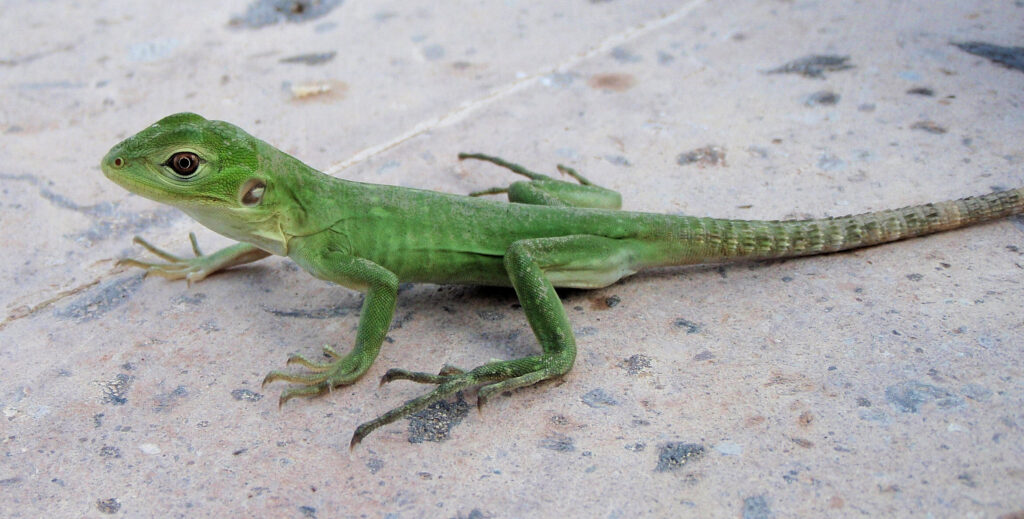 Cape Spiny-tailed Iguana, Juvenile, Ctenosaura hemilopha hemilopha.
Cape Spiny-tailed Iguana, Juvenile, Ctenosaura hemilopha hemilopha.
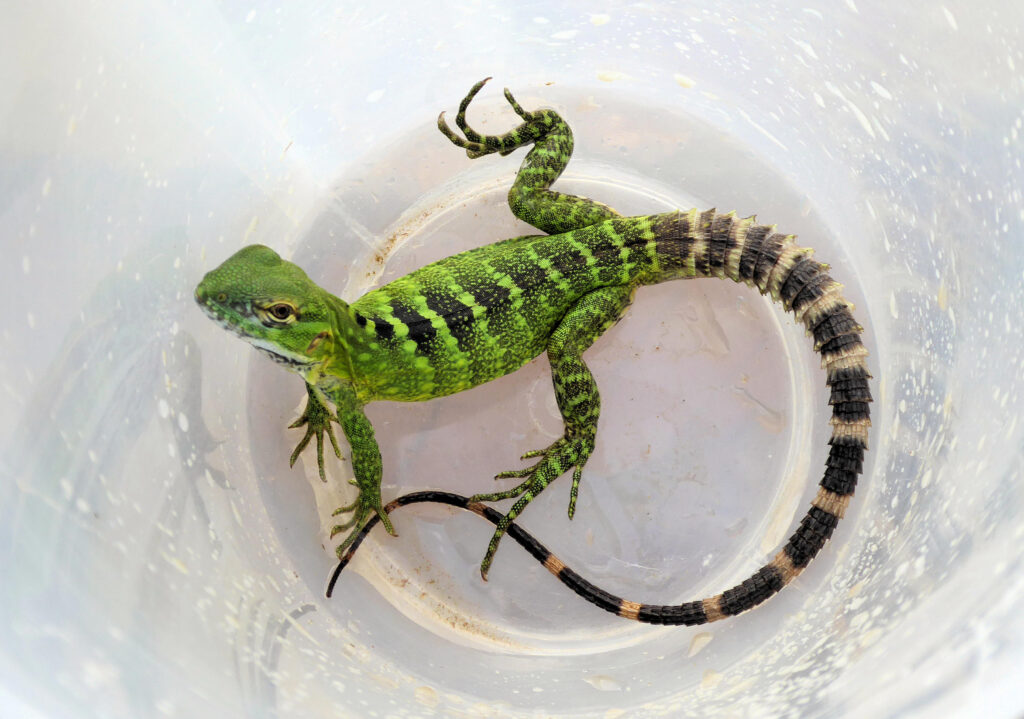
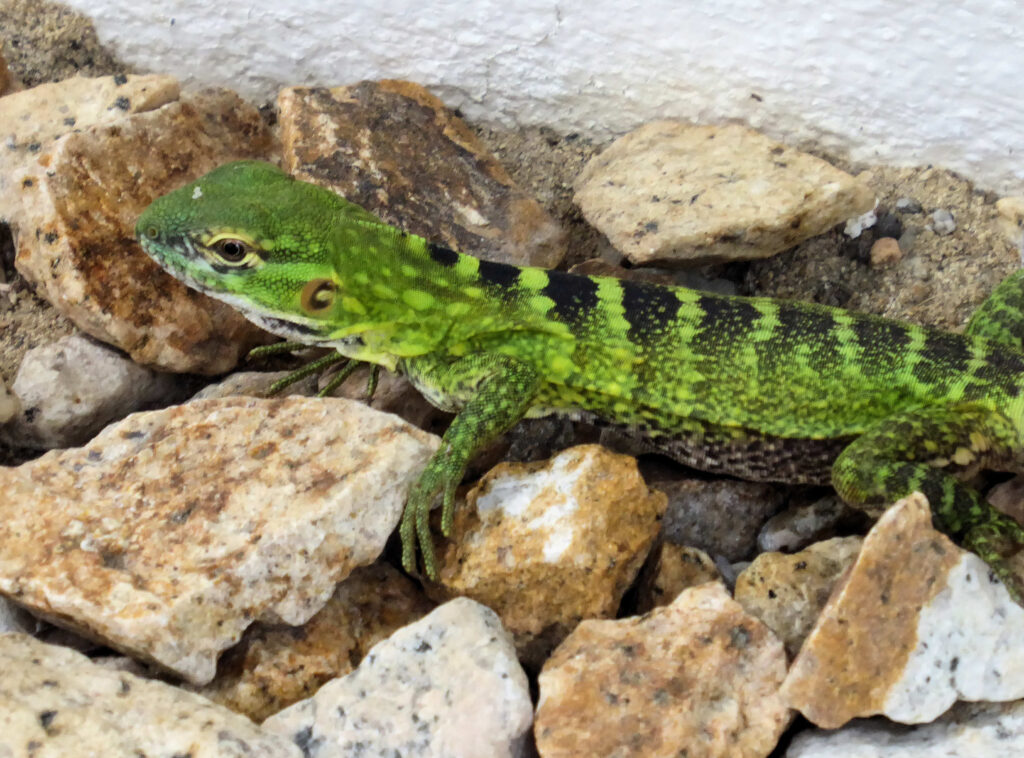
 Cape Spiny-tailed Iguana, Sub-adult, Ctenosaura hemilopha hemilopha.
Cape Spiny-tailed Iguana, Sub-adult, Ctenosaura hemilopha hemilopha.
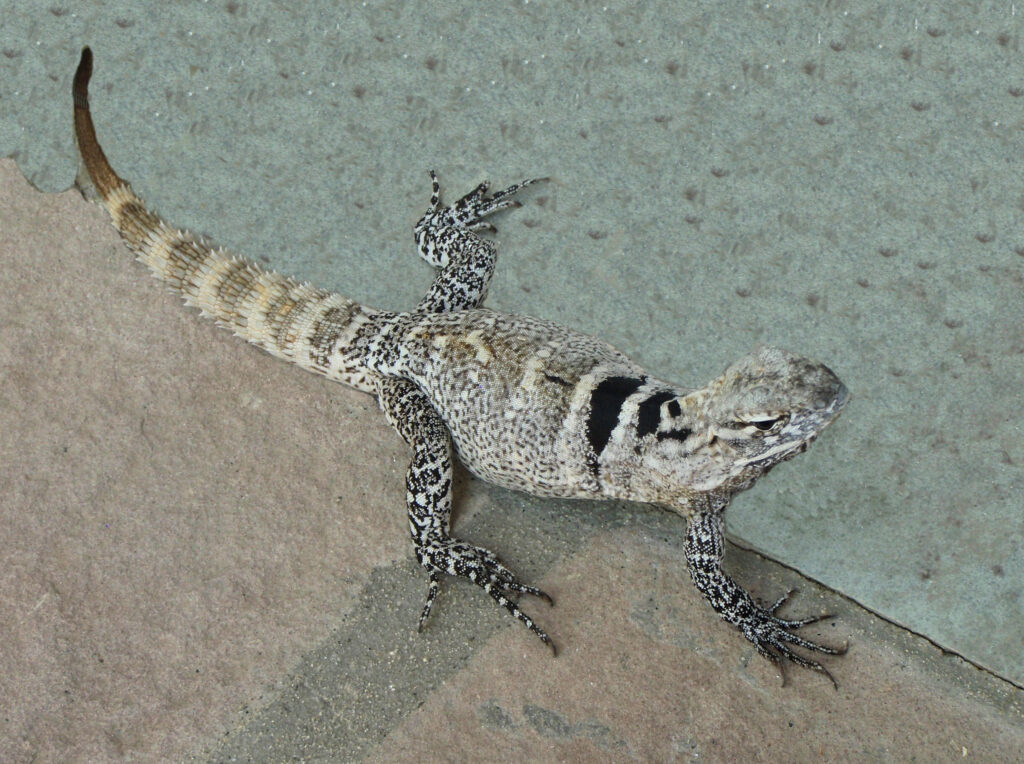
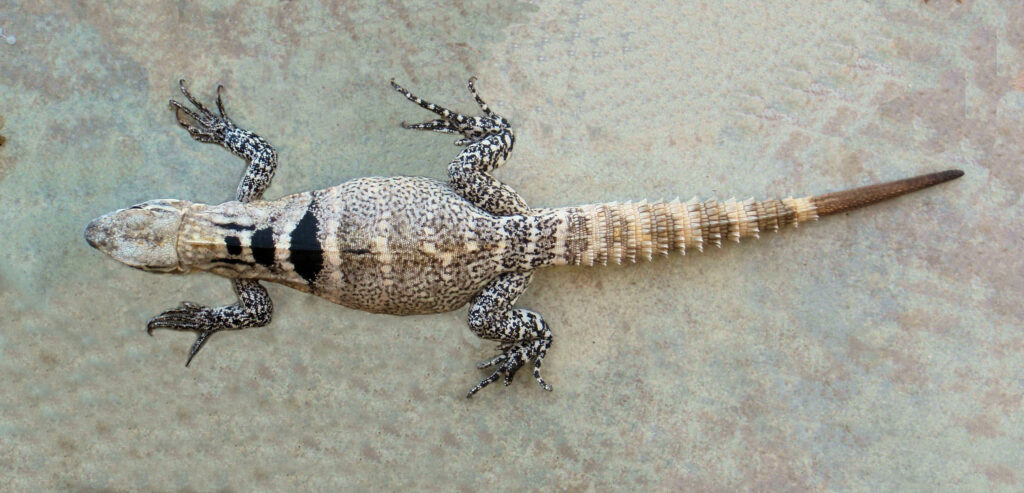 Cape Spiny-tailed Iguana, Female, Ctenosaura hemilopha hemilopha.
Cape Spiny-tailed Iguana, Female, Ctenosaura hemilopha hemilopha.
 Cape Spiny-tailed Iguana, Female, Ctenosaura hemilopha hemilopha.
Cape Spiny-tailed Iguana, Female, Ctenosaura hemilopha hemilopha.
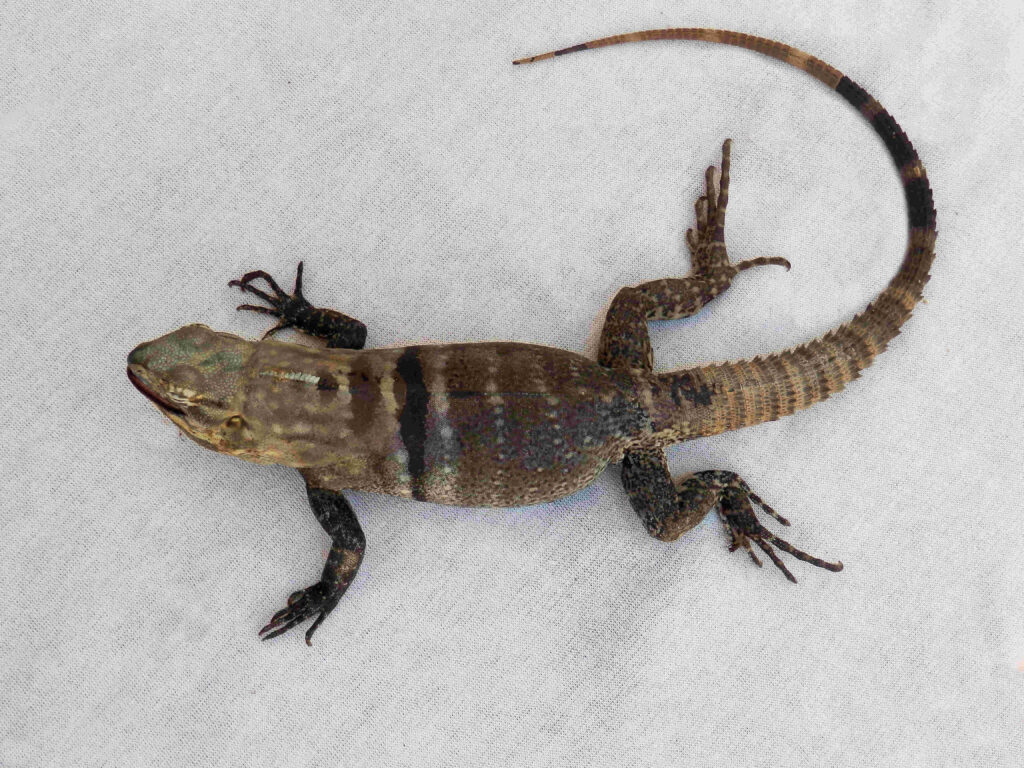 Cape Spiny-tailed Iguana, Immature Male, Ctenosaura hemilopha hemilopha.
Cape Spiny-tailed Iguana, Immature Male, Ctenosaura hemilopha hemilopha.
 Cape Spiny-tailed Iguana, Male, Ctenosaura hemilopha hemilopha. All of the above photographs taken within a residential community in the greater Los Cabos area, Baja California Sur, 2015 – 2018. An excellent house pet.
Cape Spiny-tailed Iguana, Male, Ctenosaura hemilopha hemilopha. All of the above photographs taken within a residential community in the greater Los Cabos area, Baja California Sur, 2015 – 2018. An excellent house pet.
The Cape Spiny-tailed Iguana, Ctenosaura hemilopha, is a member of the Iguanidae family of Iguanas, Chuckwallas and their prehistoric relatives. The Iguanidae family consists of seven hundred members placed in forty genera. Currently, five subspecies of Cape Spiny-tailed Iguanas are recognized. There are fifteen global species in the Ctenosaura genus. The Cape Spiny-tailed Iguana is known in Mexico as Lagarto de Cola Espinosa Del Cabo.
Cape Spiny-tailed Iguanas are large, dark-colored lizards with a tail that is longer than their body. The first two thirds of their tail are tan and circled with numerous prominent black and brown rings of short spines. The last third of their tail is dark brown and lacks the prominent spines. The juveniles are bright green with brown ringed tails. As they mature, their body color transitions to yellow and then to tan with black chevrons. The coloration of the adults varies with the daily temperatures and the animal’s temperament. They display sexual dimorphism with the males developing large jowls and a dorsal crest composed of a row of upright scales on the dorsal surface of their neck and back. Additionally, male Cape Spiny-Tailed Iguanas are larger than females. Males can grow up to 1.00 m (3 feet 3 inches) in length while females can grow up to 70 cm (2 feet 4 inches) in length.
Cape Spiny-tailed Iguanas make their den well above the ground in old woodpecker nests, cacti, and other tree cavities to minimize the risk of predation. Egg laying occurs before summer and hatchlings emerge from the end of summer to the end of autumn. Females may lay up to 13 eggs at a time. Cape Spiny-tailed Iguanas are omnivores, eating anything they can reach or catch and consume including flowers, leaves, stems, fruit, cactus, smaller animals, eggs, and arthropods. They use the same leafy trees for months or years at a time because it provides food and refuge in the same location, thus reducing predation risk. A major portion of their food comes from the tree where the iguanas reside or from nearby trees (typically within 5 m). In turn, they are preyed upon by domestic cats in urban areas and by the American Badger, Bobcats, Coyote, Gray Fox, Coyote, American Kestrel, Red-tailed Hawks, and Turkey Vultures in their native habitats.

There are five subspecies of the Cape Spiny-tailed Iguana, each of which are similar in appearance and habitat but vary greatly in distribution. The subspecies Ctenosaura hemilopha hemilopha occurs only in the southern half of the Baja. Thousands of years ago, to maintain food sources, the Seri Indians are believed to have transported this lizard from the mainland to various locations throughout Mexico including the islands within the Sea of Cortez. The Cape-Spiny Tailed Iguana is scientifically of interest as certain populations are insularly providing biologists with a study and a control group that allows the comparison of the evolution of island populations with their mainland counterparts.
From a conservation perspective, the Cape Spiny-tailed Iguana is currently considered to be of Least Concern due to their wide distribution in the southern portion of the Baja peninsula. They are primarily threatened by habitat destruction and predation by free-roaming domestic cats and dogs near semi-urban areas and the periphery of large cities.